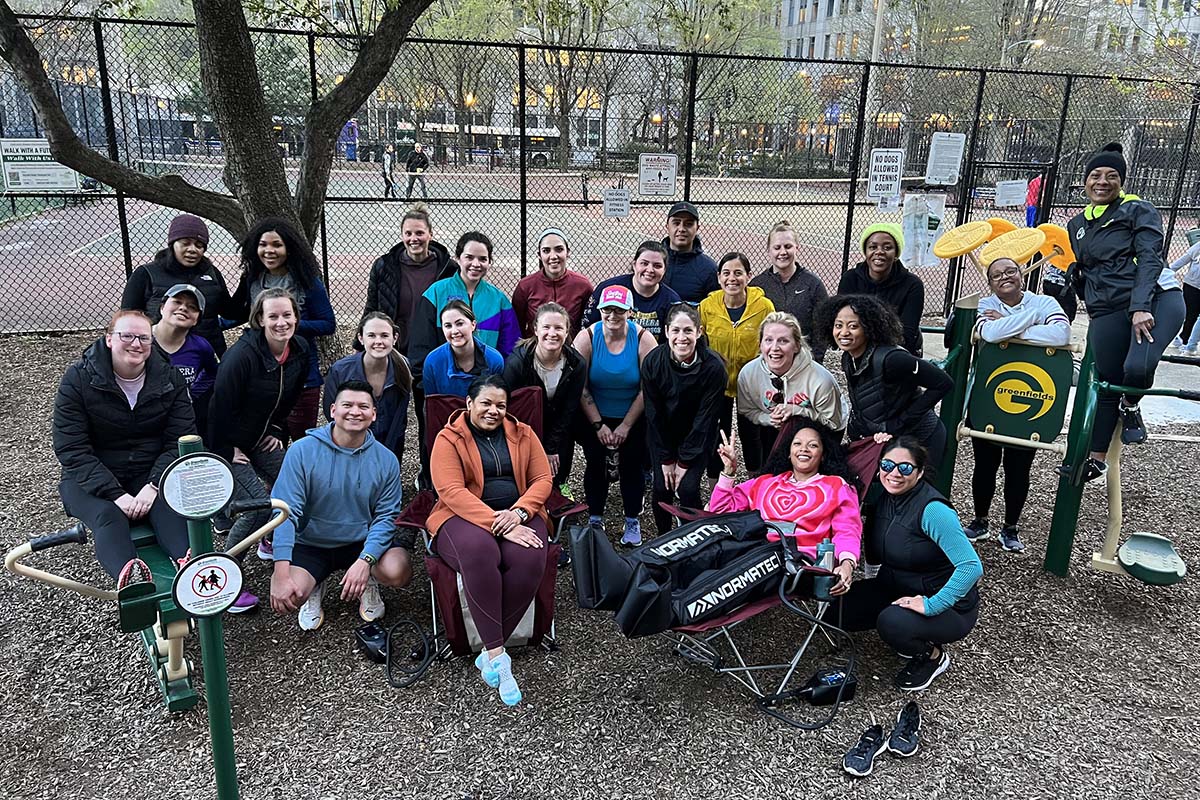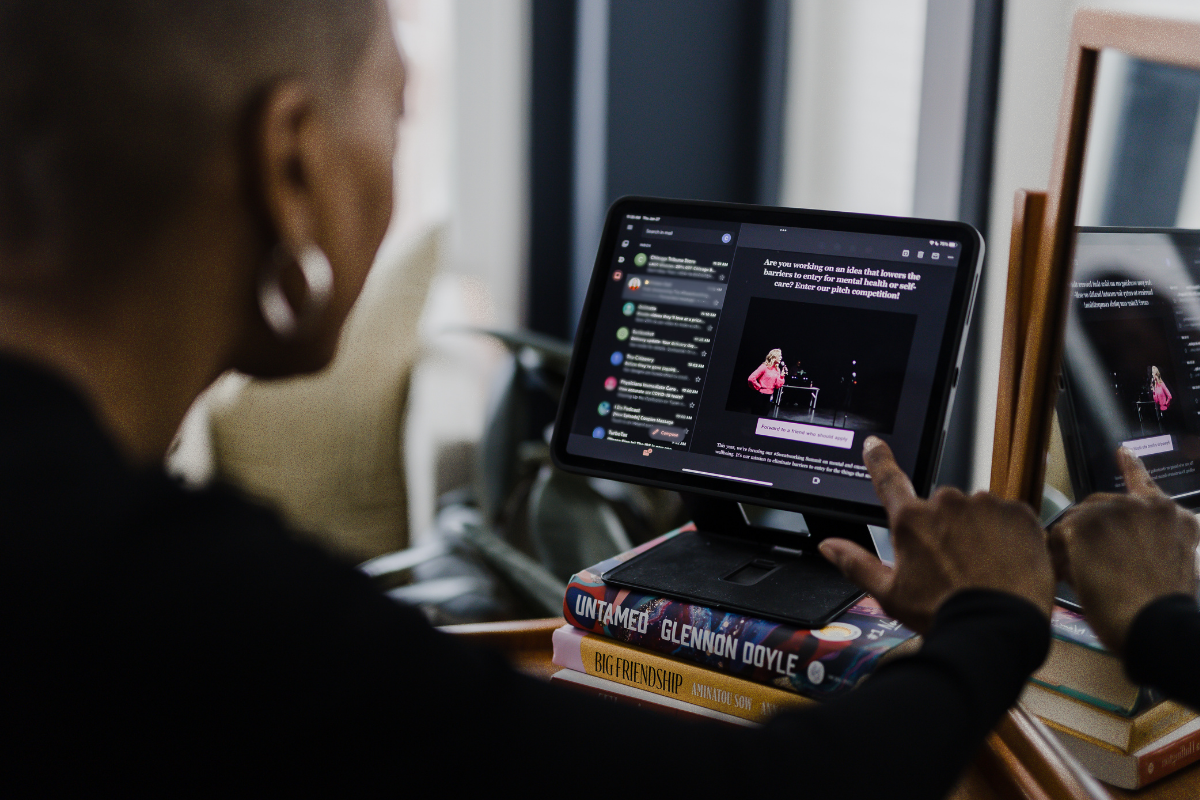How to Run Using Heart Rate Training
A lot of running watches and health trackers these days include a heart rate monitor, either a separate strap you wear around your chest, or built directly into the watch. If you’re a runner, heart rate training can be a valuable tool for your training. Your heart rate directly reflects the effort of your workout and can help you know if you’re pushing too hard… or not hard enough. It can also help you maintain your energy throughout a run or race so you don’t bonk before you’re done.
Running by heart rate (essentially, running by effort) can help you:
- Remove all the guesswork of what pace to target for each training run or race
- Preserve your energy or push harder at the right times and thus train more efficiently
- Finish every race feeling like you gave it your all – and hopefully set some personal records!
But how do you know which heart rates you should be targeting, and when?
Calculating your target Heart Rates
The first step to heart rate training is to figure out your max heart rate. There are a couple ways to do this – go for a hard run, or just do some math. Going for a hard run allows you to more precisely figure out your true maximum heart rate. But just doing the math will likely get you pretty close.
To determine your actual maximum heart rate by running:
- Make sure you’re well rested and well hydrated.
- Wearing your watch/heart rate monitor, head out for a run in a spot where you have ample space so you don’t have to stop, such as a track or a quiet trail or running path.
- Warm up with at least 10 minutes of easy running.
- Run hard and fast for two to three minutes, recover at an easy pace, then repeat two more times, a little harder and faster each time.
- On the third and last interval, push until you hit your maximum effort. The highest heart rate you see during and/or immediately after the last interval is your maximum heart rate (MHR).
To calculate your target maximum heart rate, a common formula is to subtract half your age from 205. (Or, if you love algebra: MHR = 205 – ([your age] / 2)
For example, if you’re 38, then your MHR is 205 – (38/2) or 205 – 19, or 186.
Once you know your maximum heart rate, there are lots of suggestions for how to calculate your target heart rates for different types of workouts by calculating a percentage of your maximum heart rate. Some suggested ranges I have seen and personally used:
- Easy or long run = 65 – 75%
- Tempo run = 87 – 92%
- Interval repeats = 95 – 100%
- 5K race = 95 – 97%
- 10K race = 92 – 94%
- Half Marathon = 85 – 88%
- Marathon = 80 – 85%
For example, for a marathon, to find the low end of the range, multiply your MHR by 0.8. For the high end of the range, multiply your MHR by 0.85. If your MHR is 186, then the average heart rate you should target for a marathon would be between (186 * 0.80) to (186 * 0.85), or a heart rate of 149-158.
Don’t want to do all that math? (Just to do it again when you turn one year older?) Lucky for you, I created a spreadsheet you can use to calculate your maximum heart rate and your target zones for each workout. (And you know I love a good spreadsheet.)
How to use heart rates during your workouts
Now that you know your target heart rates, how do you use them during workouts? Many runners (myself included) often do all their runs at the same pace, so it can be a bit of adjustment to push yourself to harder heart rate zones. But it’s also a challenge to keep your heart rate low enough when necessary.
For most runners, trying to stay within the “easy/long” HR zone will feel really easy, maybe too easy. But there is a reason they call long runs “LSD” – long slow distance. Some runners find it almost impossible to go slow enough to keep their heart rate that low while running. To which I say, no shame in taking a walk break. If I can’t keep my heart rate in the target zone for my entire run, sometimes I instead aim for the overall average to be within that zone.
For races, I often ignore my heart rate at the beginning of a race while I’m warming up. (Unless it’s a short race like a 5K and I warm up before the race starts.) Once I’m warm, I work to bring my heart rate into the target zone and keep it there for the majority of the race. I’ll let my HR go over the target zone at the very end of the race if I still feel like I have gas in the tank. If I do a good job at staying in my HR zone, I almost always have some gas left to push at the end.
For example, when I ran my half marathon PR, mile 1 was just the warmup and I didn’t look at my watch (and thus didn’t look at my heart rate). After mile 1, I stayed in my target HR zone. After mile 10, I had enough gas left in my tank to increase my pace (and my heart rate) until I hit my 5K zone for the last stretch of the race. I finished feeling spent, like I left it all on the course, but I never hit a wall. I completely ignored my pace – and achieved a 29-minute PR. Which wasn’t just from proper pacing thanks to my heart rate, but also more efficient training – also thanks to my heart rate.
Heart rate training can help you adjust to external factors
Anyone who has run through multiple seasons knows that weather affects your effort. Running by heart rate can make it much easier to adjust your pace in spring and summer, instead of just guessing and being disappointed that your usual pace feels so hard. If I keep my heart rate the same, then I know it’s not me, it’s the weather.
Also, if you’re returning to running after an injury or long break, it can be tempting to think you can pick up where you left off in terms of pace and distance. Running by heart rate always keeps me humble and within my actual abilities.
Overall, training and racing by heart rate is far more effective and efficient than just targeting the paces that I think I should do. Choosing your paces based on past performance or someone else’s performance doesn’t take into account your current fitness level, hydration and nutrition, proper rest, air temperature, air quality, humidity, etc. Your ego might be in the way and you push too hard and disappoint yourself. But other times, you might realize that you don’t know how hard you can push yourself. With heart rate training and racing, you might surprise yourself!
2 thoughts on “How to Run Using Heart Rate Training”
Comments are closed.













You got a 29 minute PR for a half marathon? Thats almost 2 minutes per mile. Not possible.
Very possible! Great job, Maggie.